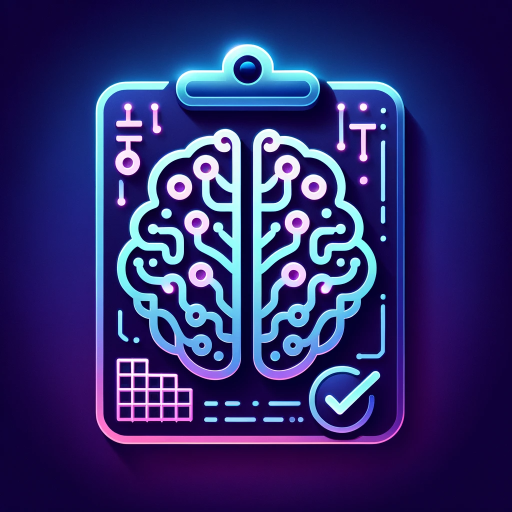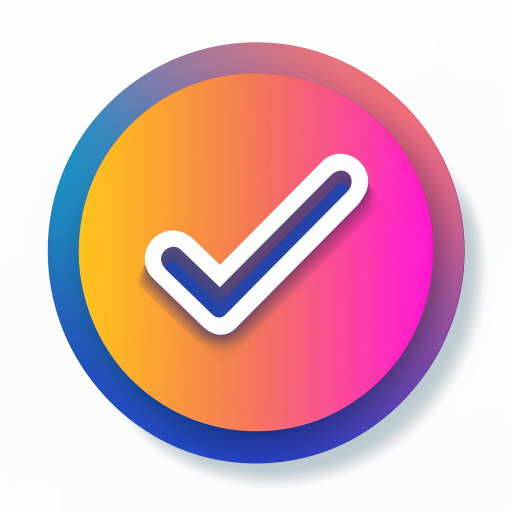Work Plan Assistant-AI-powered work planning tool
AI-powered planning for creative professionals
How can I assist with your weekly planning?
What are your objectives for this month?
Shall we review your mid-year progress?
Let us reflect on your yearly achievements.
Related Tools
Load More
Project Manager GPT
Drafts project charters, work breakdown structures, and timelines from high-level projects.

PhD Proposal Assistant
Form-based guide with research updates for PhD proposals

Plan GPT
Your expert planning assistant.

Project Planning Coach
Your assistant in project planning, focusing on scope, work estimations, dependencies, and overall schedule and project budgets

Project Management Assistant PMI
Your top project management assistant!

Project Planner Pro
I assist in writing scientific project plans, creating milestones, timelines, and descriptions.
20.0 / 5 (200 votes)
Overview of Work Plan Assistant
Work Plan Assistant is a specialized tool designed to help creative professionals and individuals in organizing their projects, setting goals, and structuring their daily tasks for optimal productivity. This assistant is focused on creating tailored plans, whether they are short-term, such as weekly or monthly plans, or long-term, like annual objectives and year-end summaries. The core purpose is to guide users in efficiently managing their time and resources while ensuring they stay aligned with their creative and professional goals. For example, a freelance graphic designer might use the Work Plan Assistant to outline a detailed monthly plan that includes project deadlines, client meetings, and personal development goals. The assistant would help break down each element into actionable tasks, ensuring the designer maintains a balanced workload and meets all commitments.

Key Functions of Work Plan Assistant
Creative Project Planning
Example
A filmmaker working on an independent project can use the Work Plan Assistant to create a comprehensive timeline from pre-production to post-production, including specific milestones like script revisions, casting, shooting schedules, and editing phases.
Scenario
This function is applied in scenarios where a creative professional needs to map out the entire lifecycle of a project, ensuring all critical steps are accounted for and deadlines are met. The assistant helps visualize the project in stages, enabling better time management and resource allocation.
Daily Task Organization
Example
A novelist juggling multiple writing assignments can rely on the Work Plan Assistant to organize daily tasks, such as drafting, editing, and researching, while also allocating time for breaks and brainstorming.
Scenario
In a scenario where an individual has numerous small tasks that need to be accomplished within a day, the Work Plan Assistant helps prioritize these tasks, ensuring that high-priority items are addressed first, while also preventing burnout by scheduling appropriate downtime.
Long-Term Goal Setting
Example
An artist planning to host a solo exhibition in a year can use the Work Plan Assistant to set long-term goals, such as selecting a theme, creating a series of artworks, networking with galleries, and organizing promotional activities.
Scenario
This function is particularly useful in scenarios where the user needs to achieve a major goal over an extended period. The assistant helps break down the goal into smaller, manageable milestones, ensuring steady progress and providing a clear roadmap to success.
Target Users of Work Plan Assistant
Creative Professionals
This group includes individuals such as writers, artists, designers, filmmakers, and musicians who often work on multiple projects simultaneously. They benefit from the Work Plan Assistant by having a structured approach to managing their creative processes, ensuring that deadlines are met, and that their artistic vision is fully realized. The assistant helps them balance creativity with productivity, leading to more consistent output and successful project completions.
Freelancers and Entrepreneurs
Freelancers and entrepreneurs often need to manage their own schedules, client interactions, and business development efforts. The Work Plan Assistant is particularly beneficial for these users as it helps them organize their workload, prioritize tasks, and set long-term business goals. This leads to better time management, enhanced productivity, and the ability to scale their businesses effectively.

How to Use Work Plan Assistant
Step 1
Visit aichatonline.org for a free trial without login, also no need for ChatGPT Plus.
Step 2
Identify your planning needs—whether you’re preparing a weekly schedule, a project plan, or a year-end summary. Having a clear objective will help you maximize the tool’s effectiveness.
Step 3
Engage with the Work Plan Assistant by inputting specific goals, tasks, or creative ideas. Use detailed prompts to ensure the tool generates the most relevant and tailored advice.
Step 4
Review the generated plan, outline, or summary provided by the Assistant. Modify or refine the content as necessary to align with your personal style or specific requirements.
Step 5
Implement the plan in your daily workflow. Use the tool regularly to update or adapt your plans, keeping them aligned with your evolving objectives.
Try other advanced and practical GPTs
Screenwriting Assistant
AI-powered screenplay creation and refinement

Peptide Science
AI-powered personalized peptide regimens.

Générateur d'Images
AI-Powered Image Generation Made Easy

Funky POP-GPT
AI-powered Funko Pop transformations.

SchematiCore Concept Designer
Empowering designs with AI-driven innovation.

Scala
AI-driven Scala development made easy.

The Antitrust Scholar - Expert Version
AI-powered insights for competition law.

Company & Brand Positioning GPT
AI-powered company and brand positioning interviews.

EarningsForecasts
AI-powered stock price forecasting.

CBT Therapist
AI-Powered Cognitive Behavioral Therapy Assistant

SynthAI Research
AI-driven insights for deeper research.

Health and Wellness Content Development
AI-powered content creation for health education

- Project Planning
- Task Management
- Goal Setting
- Time Management
- Creative Workflow
Frequently Asked Questions about Work Plan Assistant
How can Work Plan Assistant help me manage my creative projects?
Work Plan Assistant assists by structuring your creative ideas into actionable steps, setting timelines, and prioritizing tasks. It ensures that your projects are well-organized and that you stay on track to meet deadlines.
Is Work Plan Assistant useful for both short-term and long-term planning?
Yes, Work Plan Assistant is versatile and can help with both short-term tasks like daily scheduling and long-term projects like annual goal setting or career planning.
Can I use Work Plan Assistant for collaborative projects?
While Work Plan Assistant primarily focuses on individual planning, it can also help organize and delegate tasks within a team by generating structured plans that can be shared with collaborators.
What types of creative professionals benefit most from Work Plan Assistant?
Work Plan Assistant is ideal for writers, designers, artists, and other creatives who need to balance multiple projects, manage deadlines, and maintain a steady flow of ideas.
How customizable are the plans generated by Work Plan Assistant?
The plans are highly customizable. You can input specific requirements, adjust the output to fit your style, and refine the content to meet your unique needs.